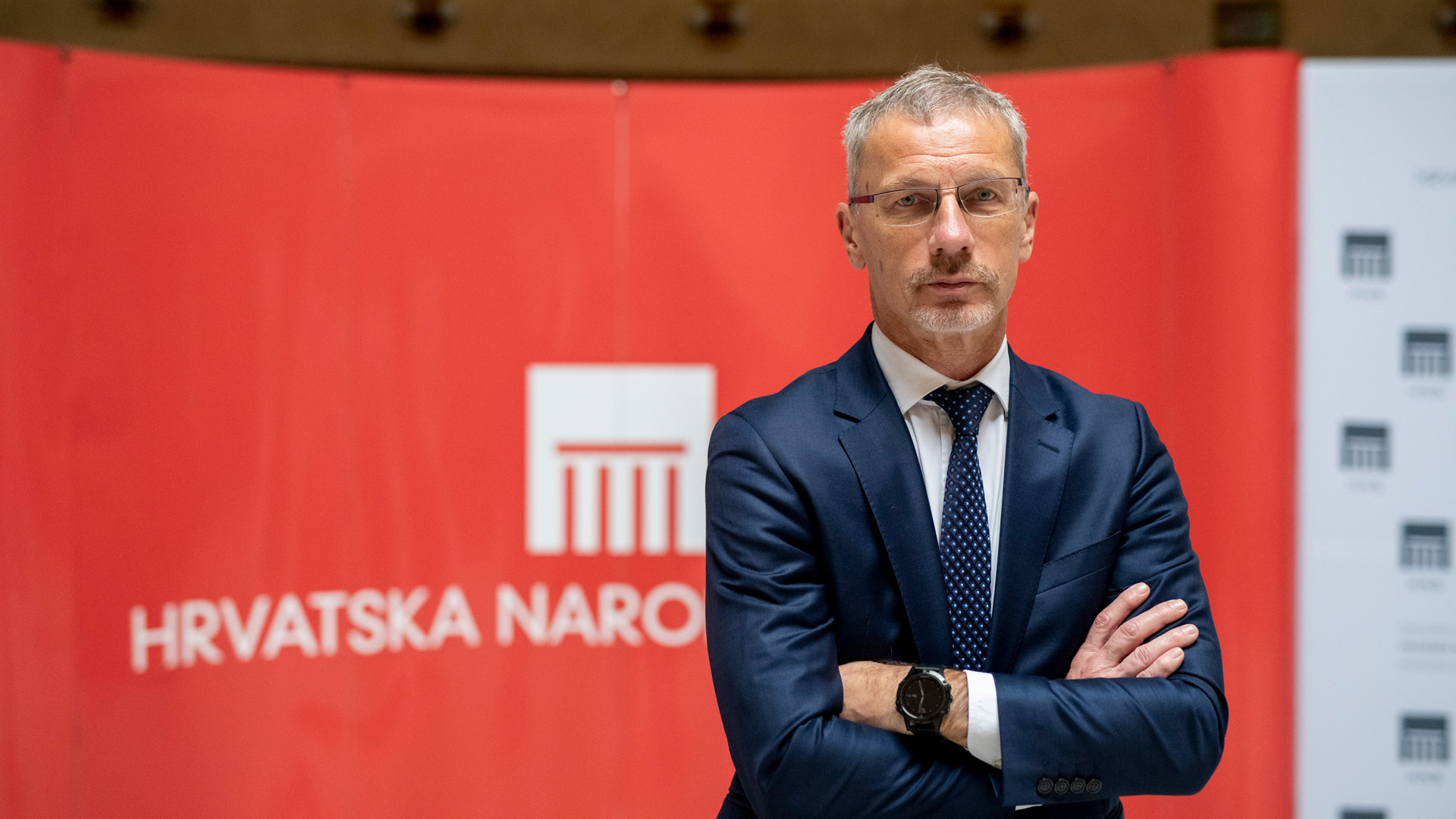
The Covid-19 pandemic induced an unpreceded shock to European economies at a time when Europe was already concerned about secular stagnation issues. When the pandemic hit, the conventional monetary policy transmission mechanism was out of order and the monetary policy framework focus was already shifted to unconventional policy measures which expanded the ECB’s balance sheet.
While the efficacy of these measures is still being debated, many empirical studies found evidence that reliance on non-standard instruments helped to escape the liquidity trap in the past. It is therefore not surprising that the initial phase of the current crisis was characterized by a massive expansion of the ECB’s balance sheet, which helped stabilize financial markets. This, in combination with a strong fiscal response, saved labour markets and businesses from crashing down.
Still, the ECB’s success during the first wave of the pandemic confirmed the side effect of extensive reliance on QE and low interest rates during a prolonged period: much of the monetary policy space was spent without facilitating significant growth in productive investments.
As the Covid-19 pandemic continues to drag down European economies, growing hopes that the recovery is around the corner pose challenges to policymakers.
First, inflation has remained below the medium-term target despite the accommodative monetary policy. Since low inflation may signal lower growth in the future, the pandemic shock has amplified secular stagnation concerns as it pushed core inflation further below the target. Therefore, unresolved low inflation-related issues and QE-related asset price inflation will continue to occupy policymakers in the post-crisis’s era.
Second, lasting ultra-low interest rates have encouraged the growth of public and private indebtedness and the holding of cash without promoting productive investment. Long-run implications of mounting Covid-19 related public debt, which in some countries has accumulated on top of already high indebtedness, are still uncertain. On the one hand, low interest rates support and make high indebtedness less of a concern, while on the other, each in its own right, they pose a risk to financial stability and long-run growth. Sustainability of the QE-indebtedness nexus comes on top of these concerns.
Third, Covid-19 has triggered an unprecedented increase in the savings rate in the EU. This raises worries related to Keynes’ paradox of thrift. In such a situation, monetary policy should focus on mitigating precautionary saving motives and fostering investment by reducing uncertainty. While trying to escape the paradox of thrift, it is important to ensure that investment activity is not constrained by banks’ tight credit standards.
Not only that investments drive the demand side of the economy, but they also determine the supply side of the economy. The fact that we still cannot be sure about the extent of damage inflicted by Covid-19 on the potential output and growth amplifies the need to foster productive investment.
Finally, although it is hard to answer the old “appropriate policy mix” question which the current crisis has put in front of policymakers, post-crisis recovery calls for a clear commitment to countercyclical policies to mitigate uncertainty and adverse effects of precautionary savings. As some empirical evidence points out that there are limitations to what monetary policy can do on its own in promoting recovery, the fiscal expansion will become an indispensable tool to support demand and to reduce the costs of the pandemic.
Limitations of monetary policy and public indebtedness concerns, which will inevitably emerge when the crisis is over, will make targeted and efficient use of the NextGenerationEU’s Recovery and Resilience Facility funds a key instrument to crowd-in investments.
While countercyclical policies may be needed beyond the very short term, they should not divert attention from regulatory and institutional factors which drag on private investments in some countries. In these countries, the priority is not to “let a good crisis go to waste” by implementing investmentenhancing reforms. Without them, the reach of macro policies will likely be very limited.
The article is published in The EUROFI Magazine.
